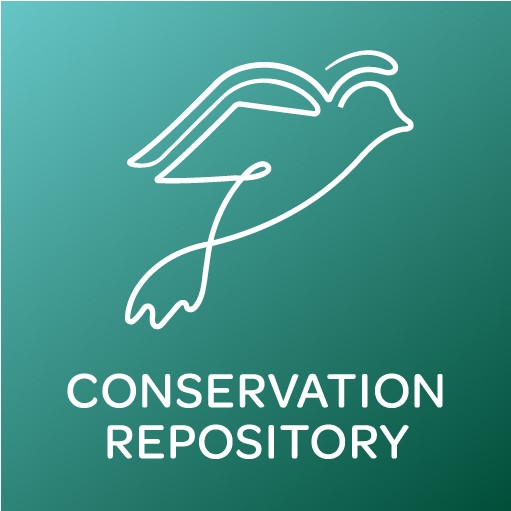
Peer-Reviewed Publications
Document Type
Article
Publication Date
1-5-2024
Abstract
Traffic noise is a pervasive pollutant that affects wildlife at individual and group levels through mechanisms such as disrupting communication, affecting antipredator strategy, and/or changing how they use space within a habitat. Urbanization is expanding rapidly—few places remain untouched by anthropogenic noise disturbance—so understanding the implications of noise on wildlife behavior is paramount to conservation efforts. We asked whether trafc noise could change space use and social network metrics in flocks of captive birds. Specifically, we quantified the effects of playbacks of traffic noise on individual sociality (weighted degree, number of social partners weighted by the frequency of interactions with those social partners) and flock clustering (global clustering coefficient, connectivity of neighbors). In this study, we recorded social interactions and space use of flocks of captive zebra finches (Taeniopygia guttata) before, during, and after an experimental traffic noise introduction in two treatments: high- and lower-amplitude noise. Our results demonstrated that individual sociality and flock clustering increased in response to the noise introduction in both high-amplitude and low-amplitude treatments. Additionally, birds in the high-amplitude treatment spent more time in the room with active playback during noise playback whereas birds in the lower-amplitude treatment decreased time spent in the room closest to the high-amplitude treatment. Increased social behavior in response to traffic noise could influence disease transmission, social learning, and mating dynamics. We suggest future studies explore the mechanisms driving increased social behavior in traffic noise, such as perceived predation risk, vigilance, and cross-sensory interference.
Journal Title
Acta Ethologica
Volume
27
DOI
https://doi.org/10.1007/s10211-023-00434-4
Recommended Citation
Hawkins, Carly E.; Pantel, Jelena H.; Palia, Sophia T.; Folks, Christine C.; and Swaddle, John P., Zebra finches increase social behavior in traffic noise: Implications for urban songbirds (2024). Acta Ethologica, 27.
https://doi.org/10.1007/s10211-023-00434-4


